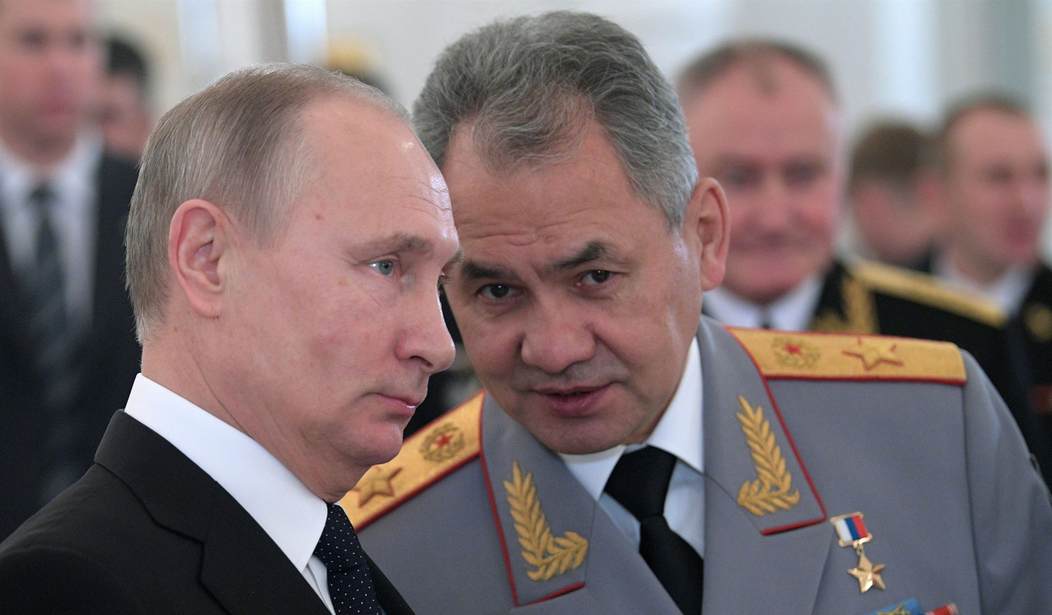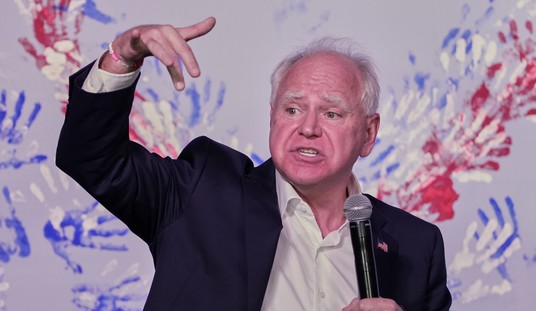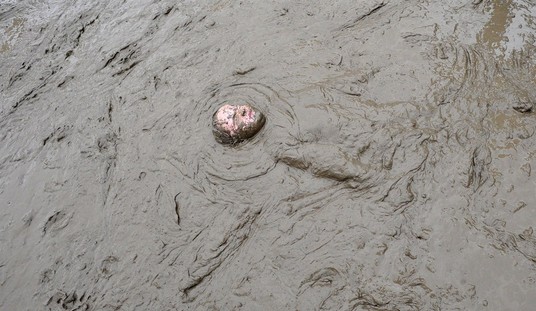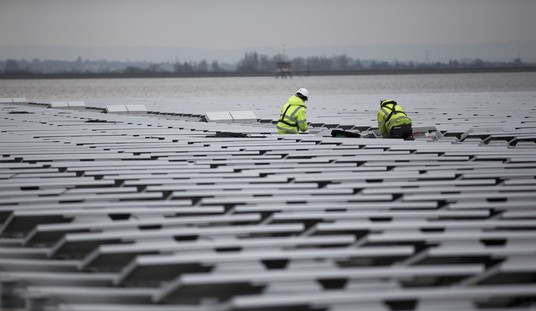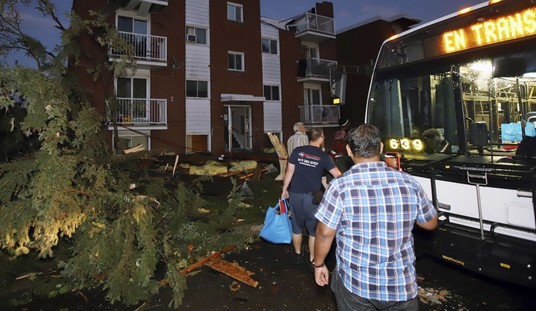Tuesday, Russian President Vladimir Putin gave an address to the world in which he conceded that contrary to the claims of his online supporters, the “Special Military Operation” (SMO) — that’s the official name for Putin’s War — is not going according to plan. Putin announced that Russia would hold short-notice “referendums” in Occupied Ukraine and annex those areas afterward. He’s not worried about the outcome because, as Uncle Joe (Stalin, not Biden) is alleged to have said, “Those who cast the votes decide nothing. Those who count the votes decide everything.” These will rival the referendum in Crimea in terms of unbelievability. He also announced a “partial mobilization.” See my post titled Vladimir Putin’s Speech About Russia’s Invasion of Ukraine Was a Wild Ride, but Where Does It Go? for commentary on Putin’s speech; if you aren’t a VIP member yet, sign up using the discount code STREIFF. Baby needs new shoes.
The annexation referendum was announced alongside what was called “partial mobilization.” It is no secret that Russia’s Ukrainian adventure has created a manpower crunch in the Russian Army. By using the SMO smokescreen, Putin has locked in tall the disadvantages of peacetime manning — conscripts can’t be sent into combat; contract soldiers can quit at any time — with wartime risk. Add to this a relatively high casualty rate in the artillery-intensive combat environment, and you have combat units operating at well under 50% strength. See Vladimir Putin to Address Russia; Annexation of Ukraine Provinces and Mobilization Seem to Be on the Table for more discussion on mobilization.
This was the “Plywood Marshal,” Defense Minister Sergei Shoigu explaining, in the vernacular of my youth, “how the cow was going to eat the cabbage.”
TRANSCRIPT
STOOGE: You described the general situation in the Russian Armed Forces today.
SHOIGU: All types of the armed forces are carrying out their duties in accordance with the constitution of the Russian Federation and…uh…orders of the supreme commander chief, our president.
STOOGE: How the situation is in Ukraine? You could give us some details about that?
SHOIGU: Actually, it’s hard work that is being done with honor by our soldiers, our personnel and soldiers of the Donetsk and Luhansk people’s militias and volunteers also participate in this separation. You know that the Luhansk People’s Republic have been liberated. We continue to make progress in the Donetsk People’s Republic Parts of the person in the Zaporizhzhia region are also controlled. And here, obviously, I really would like to emphasize that as of today we are fighting not as much against Ukraine, the Ukraine and Armed Forces, as against the collective West. Because the weapons that Ukraine used to have…today basically they’ve run out of it of the old Soviet weapons.
And all the Europeans they have took out from their stocks to transfer it to them but we keep destroying that and now the time has come when we are truly fighting against the collective West. Initially, with NATO or NATO and collective West, we can put it this way. And when we are saying about this we mean not only the weapons that is being supplied in huge numbers in huge volumes. Of course we are finding ways to counter these weapons, but the systems that… the health communication systems, data collection system, reconnaissance systems, satellite reconnaissance systems. Just imagine. So not for them but against us the entire NATO satellite group grouping is working.
By our estimates more than 70 military and more than 200 civilian satellites are working to perform reconnaissance on location of our units. Then they use weapons against this.
What came as a surprise is how they are trying to hide how many weapons they have (?). May it’s a secret to them but not to us. We understand why the want to hide it from the general public because more and more often, basically daily, we can see strikes against civilians with these weapons. Just yesterday civilians died after the strike of such weapons and it was not the first time it happened.
They are strike striking against hospitals, they are targeting the places where people are gathering. We thought they are not keeping these weapons under control but it’s the other way around. They are doing everything that their western leaders and instructors are telling them.
There is a 150 people, the entire command the Western command that is sitting in Kiev and they are controlling and leading all these things, all these operations. And we understand that initially the Armed Forces of Ukraine, they were, well, some 201 to 202,000 people and over at this time their casualties are more than 100,000 people. More than sixty thousand died and more than forty thousand wounded. Tthese are
substantial losses if we talk about the army of some more than 200 000. It’s the half of the army, basically that are losses, that are casualties. That’s why they have already launched the fourth wave of the mobilization. They have mobilized almost 300 000. And as you probably can see on various channels in various media, they continue to do this work along various avenues. From the beach to the railway stations, as they say, they are trying to catch people and down people. And I can’t help but mentioning here about the instructors. Not just instructors, but mercenary instructors who join them. As of today, there are some more than one thousand are there, some of them left some of them died, more than 2 000 died, of mercenaries they were trying to make their contribution.
And the main thing is not that they have come but basically they are being hired with the state support and the states they are coming from,
Basically, they are recruiting these mercenaries. Or they’re looking the other way when those who are recruiting these people are doing their job. And I can’t help but saying, we haven’t been speaking about that for some time, now I have to say about our losses. Our losses is up to date 5,937 men who died. And I have to mention once again our soldiers who are bravely performing their duty.
I have to speak about our medics (Editor’s note: I think he means “casualties”). More than 90% went back to the units, they suffered, they were wounded, these guys they were admitted to hospitals but then they returned to the front line and they continue performing their duty.
STOOGE: I would like to go back to what’s happening in Ukraine now.
SHOIGU: We continue to carry out goals that were set for us. Sometimes it’s hard, sometimes it is very hard, but we will continue.
STOOGE: The president of Russia made a decision on the partial mobilization. Could you please tell us in more detail how it will be carried out? Who is going to be mobilized? How many? How this work will be done with reservists?
SHOIGU: You said the right thing, we are speaking about the reservists. These are not just some people who have never heard anything about the Army. These are the people who 1) they served in the Army, 2) they have competence, they have skills that is in demand today in the army, they have military experience. And of course right away I would like to anticipate the questions that will be will arise from that, will emerge after that. No one is going to mobilize to recruit students and other people. So they can keep going to their colleges and universities. No one is going to recruit them or to mobilize them. And those who were conscripted, it doesn’t have to do with them as well. So they will not be mobilized. They will not be assigned to the special military operation area. Our conscripts, they will continue serving, as they have, inside the Russian Federation. We have a huge mobilization reserved to those who have more experienced, those who have necessary competence and skills. We’re speaking about almost 2.5 million people, so this virtual mobilization is like one percent, maybe slightly more than that 1.1 percent maybe of the total number of some our mobilized reservists.
The contact line you can describe it as a front line, it exceeds 1000 kilometers. So obviously along this line and behind this line it has to be strengthened, it has to be consolidated. These territories should be controlled and first of all that’s why it is done. I mean the partial immobilization,
Of course, after they will be mobilized they will have training or retraining. They will undergo as well all the natural training within their units, within their platoon or other type of units. And only after that they will go to the goals that we have.
STOOGE: Can we speak about any specific number?
SHOIGU: 300,000 reservists will be mobilized. And I would like to say, once again, that is not a one-time thing. There is a plan of these kind of activities and it will be carried out according to this plan. It is not going to be some harvester to catch everyone. No. And in this regard I’d like to say that maybe it just became to them that we’ve had a plan to carry out mobilization camp training because you know how it happened in the past. Reservists were collected for a week or more to retrain, to remember the skills that they used to have driving vehicles and so on. And it coincided now with this declaration of the partial mobilization, so we now cancel this planned mobilization camps and now we are going to do this partial mobilization.
STOOGE: So, the operation isn’t going, what are its prospects?
SHOIGU: You know there could be some details, there could be some deviations…uh…some delays but there is one main goal that has been set and this goal is being carried out obviously we are doing everything to reach it.
My apologies for the transcript. I can’t find one online. This is based on the auto-generated transcript of the English translation in the video that I edited.
The scope of the mobilization is reservists. Russia does not have an organized reserve like the US or most of Western Europe. Men are subject to conscription. When released from active duty, they are subject to mobilization up to age 55. The reserve also includes men who registered for conscription but were never called up…that is basically all males. Shoigu claims they will only conscript men with military experience and the needed skills. I don’t think anyone believes this. He also says that the goal is 300,000 men this go around and that this mobilization will be the new norm. Most observers believe this current round of mobilization could potentially scoop up 1 million men.
This is the second round of partial mobilization. In March, Russia called up 100,000 reservists and made the Wagner Group mercenaries a part of the Russian Army; see Russia Calling 100,000 Reservists to Active Duty and Moving Wagner Group From Syria to Deal With Ukraine Manpower Crunch.
Reading between the lines in Shoigu’s speech and keeping the below announcement in mind, it seems that some reservists will be involved in paramilitary police activities. That is necessary in Occupied Ukraine, where collaborators are assassinated nearly daily. But some will have to fill holes in frontline combat units.
BREAKING:
Russia has just announced the formation of new border units to provide strategic depth and reinforce the military presence within Russian towns and cities.
This has been confirmed by Andrey Kartapolov, the former Deputy Defense Minister.#RussiaUkraineWar #Russia pic.twitter.com/3cqBJlxPFe
— WhereisRussiaToday (@WhereisRussia) September 21, 2022
So how are things working?
Not all that well. It has been something of a Jame Bond martini that has left the masses shaken but not stirred.
One of the first things that happened was that men with means hit the road.
A large number of men in Moscow, Russia at Vnukovo International Airport are waiting to leave Russia after a Partial Mobilization was announced yesterday
A flight from Russia to Turkey now costs Thousands of Dollars
These men don’t support the war when they are called to battle pic.twitter.com/wIyFsCtOPJ
— Ukraine Battle Map (@ukraine_map) September 22, 2022
All flights to Istanbul from Moscow are now sold out. https://t.co/OMKmt2w11P pic.twitter.com/7FboN5p5Ow
— Konrad Muzyka – Rochan Consulting (@konrad_muzyka) September 21, 2022
#Breaking: just in – The traffic jam at the border with #Russia/#Finland has pilled up to 35KM and is rising by the hour, it is the only border who is still open for Russian civilians with shengen visas, after #Putin announced he will send 300.000 new troops to #Ukraine. pic.twitter.com/EOJ1346qDO
— Sotiri Dimpinoudis (@sotiridi) September 21, 2022
The recruiting pitches aren’t being met with hosannas.
Footage from a Russian military commissariat this morning.
The mobilized civilians attempt to ask questions about their deployment, and are only told "return to us as heroes, I wish you luck and good health".#Russia #NoMobilization #UkraineWar pic.twitter.com/l7qsQYhFTl
— WhereisRussiaToday (@WhereisRussia) September 22, 2022
"We won't go! You go to war yourself!"
The mobilization effort in Dagestan is not going smoothly.#Russia #Rusia #Putin pic.twitter.com/gXGFSNZlGa
— WhereisRussiaToday (@WhereisRussia) September 22, 2022
Putin has avoided declaring mobilization so far because of concerns that it would result in significant economic dislocation. However, even with “partial mobilization,” economic pain is now a reality.
Russia's Ministry of Energy orders 100% of employees in national energy, metal and mineral companies to show up at military recruitment offices https://t.co/uMsZnniP7q
— The Barents Observer (@BarentsNews) September 22, 2022
More signs that the mobilization in Russia is far from partial. This 32-year old IT worked has been drafted despite not having done any military training or study https://t.co/IT4ZjCkbku
— Dasha Afanasieva (@dasha_reports) September 22, 2022
Mobilization is taking men beyond an age that most armies would accept.
Many of these drafted men aren't exactly youngsters in their prime.
What is mobilization doing? https://t.co/K3iHfXziRw
— Aki Heikkinen (@akihheikkinen) September 22, 2022
The focus of mobilization remains on those provinces with high minority content, and Moscow and St. Petersburg are not happy.
Day 1 of "partial mobilization" in Russia brings mass mobilization of ethnic minorities and the impoverished Far East, and draft notices handed to anyone who protests anywhere else. Great reporting from @Andrew__Roth https://t.co/i968mlWGB4
— Anne Applebaum (@anneapplebaum) September 22, 2022
I said today in several interviews: it was ok for Russians when Ukraines got attacked and killed, and the Russia’s ethnic minorities were those who killed and died amid invasion. But as soon as the privileged Muscovites are threatened with mobilization… pic.twitter.com/8Kylb5gdz7
— Sergej Sumlenny (@sumlenny) September 21, 2022
Massive protest by Russians in St Petersburg against the war in Ukraine. They are chanting “No to War!” pic.twitter.com/OEdjQYiY0x
— theivall (@theivall) September 21, 2022
And the minorities aren’t all that happy either.
Russian mobilization looks like complete chaos so far. Students pulled out of classes, 50 year old men grabbed off the streets, and of course, ethnic minorities from the poorest parts of Russia baring the brunt of conscription. And the numbers are likely far higher than 300k. https://t.co/oeEVBqgFAp
— Mike Rothschild (@rothschildmd) September 22, 2022
Ethnic minority in Russia-occupied Kabardino-Balkar Republic protest against mobilization for a Moscow’s genocidal war. Moscow decimated minorities in Russia-occupied regions, over-proportionally sending them to front and eliminating their youth, which Moscow see as a danger. https://t.co/B5u0OgnDP7
— Sergej Sumlenny (@sumlenny) September 22, 2022
The product is not looking all that fearsome.
Mosin M91-30 and Veshmeshok. Next wave gets only a stripper clip of 7.62x54R and has to find a rifle from a dead orc? https://t.co/zKpH4sPP0o
— Petri Mäkelä (@pmakela1) September 22, 2022
And ultimately, Russians are going to Russian.
Meanwhile, it only took a few hours for another group of mobilised Russians to get dead drunk. "What are we going for? Where are going? F*ck knows!", one concludes. pic.twitter.com/8XUP4UNbFP
— Tadeusz Giczan (@TadeuszGiczan) September 22, 2022
For a lot of reasons, I don’t think partial mobilization will generate very much combat power. I’ll hit that in a later post. The reception from a public that has been nearly giddy about waving the “Z” symbol of the Special Military Operation has to have taken the Kremlin by surprise. Evading conscription has been something of a competitive sport for years, with only the poorest and dumbest being vacuumed up. If partial mobilization is not supported by social pressure, it is doomed.
The next few weeks will be a critical point for the Putin regime. If the mobilization is poorly managed, it will be challenging to do as Shoigu suggests and make this the new way the Russian Army operates.

